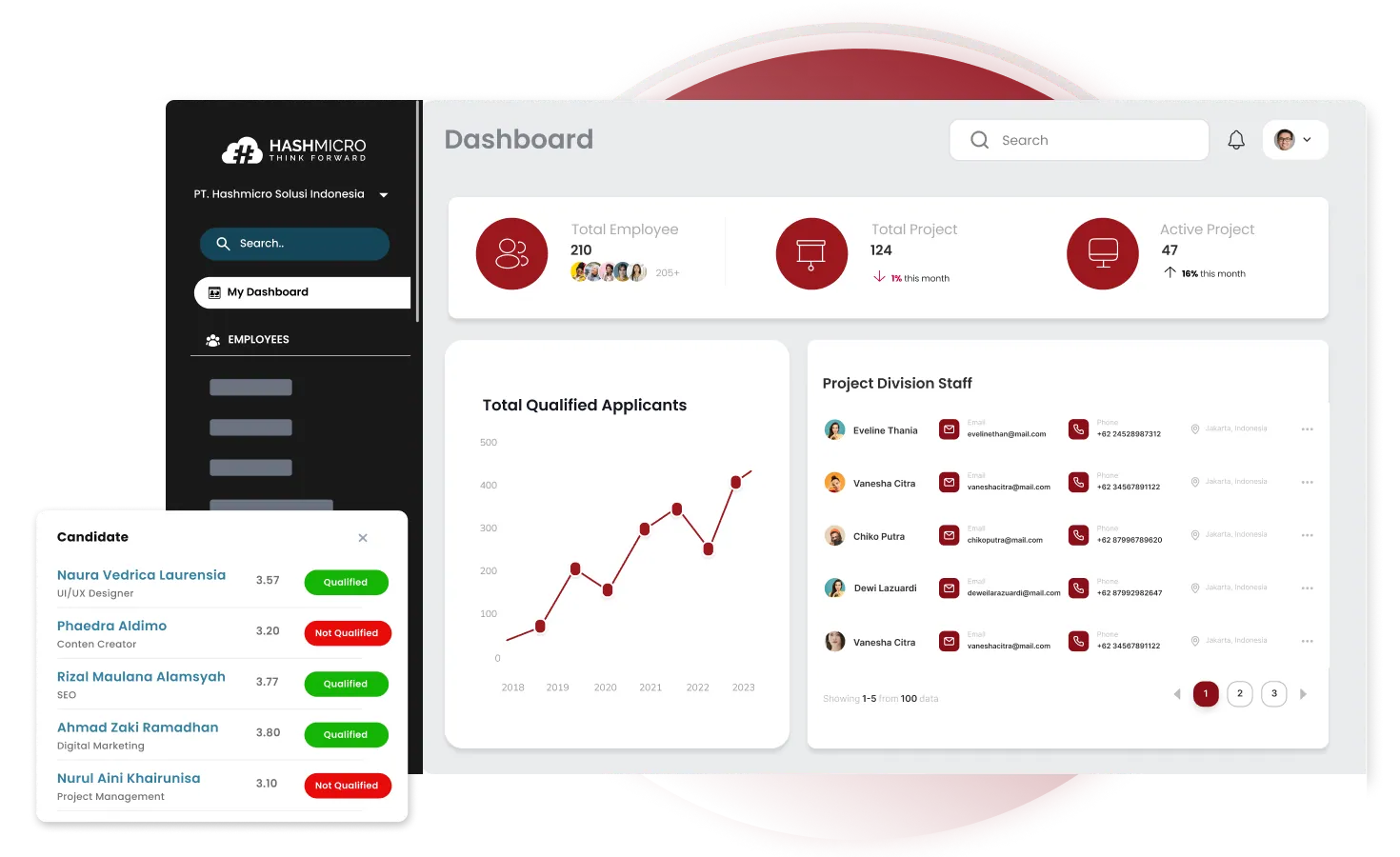Many organizations struggle with an ineffective talent management framework, leading to high turnover, disengaged employees, and skill gaps that hinder growth. Without a structured approach, businesses risk losing top talent and failing to meet long-term goals.
A talent management framework with HRM software aligns hiring, talent development, and retention with business goals. Companies foster a motivated, high-performing workforce by focusing on employee growth, clear career paths, and performance management.
Are you curious about how to create a talent management framework that drives success? This article will explore key components, best practices, and strategies for helping your organization thrive.
Table of Content:
Table of Content
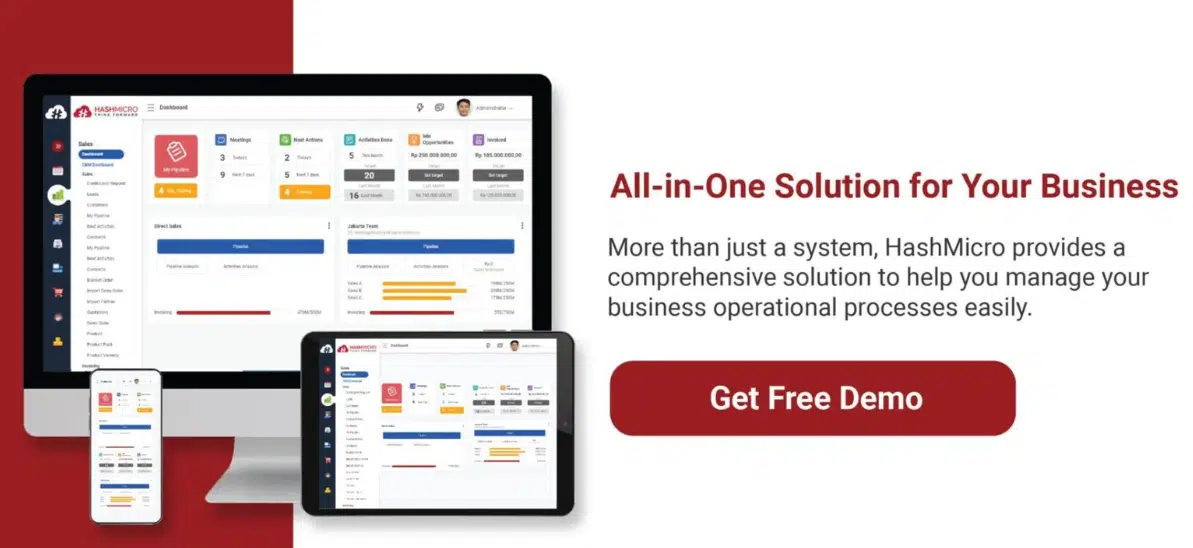
Key Takeaways
|
What is Talent Management Framework?
A talent management framework is a structured approach to attracting, developing, and retaining skilled employees. It encompasses various strategies and processes to optimize the workforce to align with business goals.
A talent management framework’s primary goal is to ensure that an organization has the right people with the right skills in the right roles. It focuses on enhancing employee performance, fostering career growth, and retaining top talent.
HR departments, talent acquisition teams, and organizational leaders are the main users of a talent management framework. They leverage it to create a capable workforce and effectively manage talent development programs.
A talent management strategy framework can improve employee engagement, reduce turnover, and enhance productivity. It also helps identify future leaders and align talent strategies with business objectives.
Common Talent Management Challenges and Solutions
Talent management is vital for an organization’s long-term success but presents challenges. Addressing these requires a strategic approach to attract and retain top talent while ensuring growth and leadership development. Here are common talent management challenges and their solutions.
- Attracting top talent
Attracting skilled professionals in a competitive job market is challenging. Companies should develop a strong employer brand, provide competitive compensation, and use diverse recruitment channels to reach a wider talent pool. - Employee retention
High turnover increases recruitment and training costs. Companies should enhance employee engagement, provide career development opportunities, and recognize achievements to improve retention. - Skill gaps
Organizations frequently encounter skill gaps that obstruct business needs. A solution is continuous learning and cross-training employees to keep them current and enhance performance. - Succession planning
Succession planning prevents leadership gaps when key employees depart. Organizations can maintain success by identifying high-potential employees and offering leadership development early.
Grasping talent management challenges is key to developing effective solutions. Addressing these issues helps businesses enhance talent acquisition, retention, and development. Check out our pricing scheme to see how HashMicro can afford to support your talent needs.
Best Practices for Implementing a Talent Management Framework with HRM
Implementing a talent management framework using HRM systems can ensure that their talent management practices align with strategic business goals and are efficient. Here are some best practices for successfully implementing a talent management framework with HRM.
- Clear and measurable talent goals
Set measurable talent management goals that align with your organization’s strategic objectives. HRM systems can track progress, evaluate performance, and ensure effective goal attainment, keeping the organization on course. - Leverage data for decision-making
HRM systems offer valuable data on employee performance, skill gaps, and workforce trends. These data enable organizations to make informed decisions on talent development and succession planning and ensure the right people occupy the right roles. - Foster employee development and continuous learning
An effective talent management framework should prioritize employee growth. HRM systems facilitate training, performance reviews, and tailored development plans to align employees’ skills with organizational needs, fostering a culture of continuous improvement. - Integrate talent management processes across HRM modules
HR management software must integrate recruitment, performance, training, and compensation to create an effective talent management system. It ensures seamless data flow and improves decision-making for a comprehensive talent management approach.
Unlock Streamlined Workforce Potential with HashMicro HRM
HashMicro is a top HRM software that helps organizations streamline talent management. Trusted by over 2,000 clients, it enables efficient employee performance tracking, predicting workforce needs, and making informed decisions to enhance talent development and operational efficiency.
HashMicro also offers a free demo to explore its features in depth. Try the demo today to experience how HashMicro HRM can streamline your talent management processes, improve employee performance tracking, and enhance overall organizational efficiency.
Below are the key features of HashMicro HRM Software:
- KPI and OKR performance tracking: Track employee performance using Key Performance Indicators (KPI) and Objectives and Key Results (OKR) to ensure alignment with business goals.
- 360-degree feedback: Gather comprehensive input from managers, peers, subordinates, and external sources for a holistic view of employee performance.
- Self-evaluation and manager reviews: Allow employees to conduct self-evaluations while receiving feedback from multiple managers to provide a balanced performance assessment.
- Nine-box matrix performance analysis: Categorize employees using an in-depth nine-box matrix to evaluate performance and potential for career development.
- Employee development and training recommendations: It offers personalized recommendations for employee development and training plans based on performance appraisal results.
- Career progression planning: Suggest career advancement options for employees based on their performance appraisals and growth potential.
- Succession planning recommendations: Suggest potential successors by analyzing employee qualifications and matching them with organizational needs.
Conclusion
A talent management framework is a strategic approach to attracting, developing, and retaining skilled employees. It aligns workforce capabilities with business goals, driving growth and improving organizational performance.
HashMicro HRM provides comprehensive tools to support talent management. From recruitment and onboarding to performance tracking and career development, it streamlines processes that help optimize talent alignment with company objectives.
Take the next step toward transforming your talent management processes. Try a free demo of HashMicro HRM today and discover how it can help you build a stronger, more capable workforce!

Frequently Asked Questions About Talent Management Framework
-
What are the key functions of talent management?
The core functions of talent management include finding and hiring the right people, fostering learning and growth, managing and rewarding performance, customizing the employee experience, and optimizing workforce planning and strategy.
-
What are the three essential components of talent management?
The three essential components—competency, commitment, and contribution—are vital for building high-performing teams. By focusing on these elements, organizations can foster a culture of continuous growth and innovation.
-
What is a talent management model?
A talent management model systematically manages an organization’s internal and external talent pools. The traditional model covers essential HR responsibilities to optimize talent acquisition, development, and retention.






